Only by developing large-scale shrimp farming or cooperation between small-scale shrimp farming households can international standards be achieved.
The challenge is high.
In addition to the issue of taxes in the US market or competition with cheap shrimp sources from other countries, according to Mr. Ho Quoc Luc, Chairman of the Board of Directors of Sao Ta Food Joint Stock Company, the shrimp industry also has to face regulations on traceability and international certification. Regarding the issue of traceability, according to Mr. Luc, it is a common requirement of all markets, but the situation of granting codes for shrimp farming facilities in our country is still too slow, causing many difficulties for businesses in proving and convincing customers about their ability to control raw materials.
For example, in the EU market (including the UK), although we have many advantages in terms of: preferential tariffs (through free trade agreements), deep processing levels that meet the world 's high standards, consumption prices... but the growth rate in this market in recent years has not been as expected, one of the reasons is that the output of Vietnamese shrimp certified by ASC is not much. Particularly for the high-end segment, most markets currently accept ASC standards, so only shrimp farming areas that meet ASC standards can penetrate this segment easily. Meanwhile, the area of shrimp farming that meets ASC standards nationwide is currently very low, one of the main reasons is that most of the farming households are small-scale, so it is difficult to pursue ASC farming standards because the assessment costs will increase costs significantly.
For large shrimp markets like the EU, major distribution systems here require shrimp quality inspection along the value chain. In particular, shrimp seed and feed suppliers must meet standards such as ASC, BAP, ISO, etc. In addition, from 2026, the EU may apply the Border Carbon Adjustment Mechanism (CBAM) to seafood. This means that shrimp products entering Europe that want to enjoy tariff incentives must meet carbon emission criteria throughout the entire value chain and not harm the ecosystem. The second largest shrimp market, Japan, currently maintains inspection of all shrimp shipments from Vietnam with many strict residue criteria. In addition, Japan has also begun to apply animal welfare standards, requiring farming processes that do not cause stress to aquatic products.
As for the US market, although it is more lenient, it is a place where shrimp from many cheap sources in the world converge, especially India, Ecuador and Indonesia, which limits the consumption of Vietnamese shrimp here due to price competition. Meanwhile, the Canadian market places great importance on post-inspection, meaning they check a company's goods on supermarket shelves. If they fail, the goods of that company circulating in Canada will be recalled and returned to Vietnam, causing the risk to no longer be on each batch of goods but on all goods being consumed. Particularly, the two new, quite large markets, Korea and Australia, focus on checking shrimp diseases, which are quite common in the Mekong Delta, so it is also very difficult for businesses.
To let shrimp overcome challenges
Faced with this situation, according to businesses, the entire industry must make efforts to accelerate action programs that are synchronous, practical and have specific effects, such as propaganda, inspection, and prevention of preparations that are not used in shrimp farming, especially banned antibiotics, in a drastic and thorough manner right now and in the long term. Re-planning farming areas and investing in infrastructure; reorganizing shrimp farming production on a farm and cooperative scale to meet market standards so that products can be consumed in large systems at good prices, creating a breakthrough foundation for the quality, reputation and brand of Vietnamese shrimp. Mr. Luc added: "In the long term, the processing advantage will no longer exist because other countries are also investing heavily in processing, so the shrimp industry needs a feasible solution to reduce production costs to increase competitiveness.
The challenges facing the shrimp industry are clear and at their peak, so to overcome these challenges, Vietnamese shrimp must first be clean, internationally certified and traceable. In other words, only when we improve the cost of farmed shrimp, strictly control the residue of banned substances, increase the issuance of farm codes, and rapidly increase the area of farming that meets international standards (ASC, BAP, etc.) will the market share of Vietnamese shrimp in major markets increase and the position of the shrimp industry become increasingly stronger.
To do this, it is necessary to control well the input products for shrimp farming; have a program to build cooperation, form large, standardized farms for easy traceability, easy implementation and achieve international certifications to convince the high-end consumption system to accept high prices. When the farming area meets ASC standards to reach hundreds of thousands of hectares, Vietnamese shrimp will certainly dominate the high-end shrimp market segment in the markets, contributing significantly to the completion of the goal of raising the level of Vietnamese shrimp.
Quality and standards are always needed and have their own value, and each market has different requirements for quality and standards. That is the inevitability of the market, so there is nothing to argue about. What is worth mentioning here is that the path from quality to standards is a journey that not only requires determination and perseverance, but also a change in thinking and awareness to shift from agricultural production to agricultural economics . Because only agricultural economics thinking can help farmers and managers realize the great value of quality and standards, thereby making adjustments in good production practices, and certified products that meet the increasingly high demands of the consumer market.
Article and photos: HOANG NHA
Source: https://baocantho.com.vn/thach-thuc-tu-chat-va-chuan--a188116.html



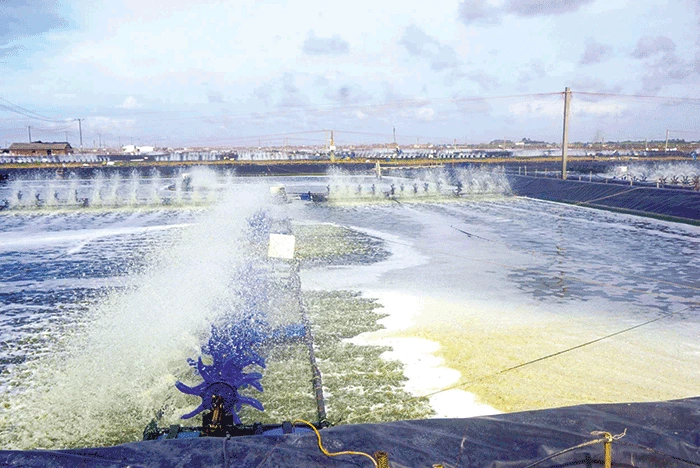
![[Photo] Snail noodle dish makes Liuzhou city, China famous](https://vphoto.vietnam.vn/thumb/1200x675/vietnam/resource/IMAGE/2025/8/30/56e738ed891c40cda33e4b85524e30d3)


![[Photo] Hanoians stay up all night waiting for the parade rehearsal on the occasion of the Great Festival](https://vphoto.vietnam.vn/thumb/1200x675/vietnam/resource/IMAGE/2025/8/30/d14625501aee42e28bbd5227a1ff2b11)

![[Photo] International military delegation participates in rehearsal at Ba Dinh Square](https://vphoto.vietnam.vn/thumb/1200x675/vietnam/resource/IMAGE/2025/8/30/1fe13d6df1534ce8a798fa91962ed487)



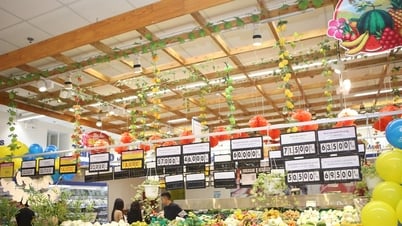

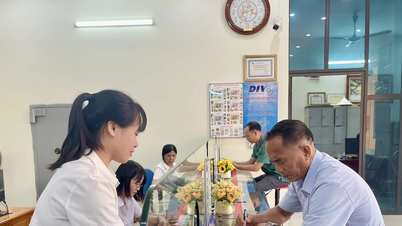




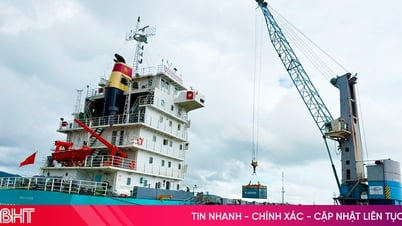

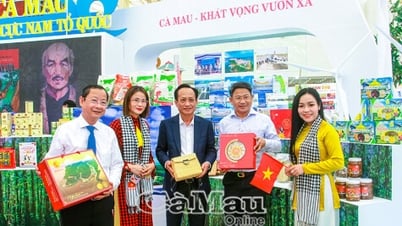



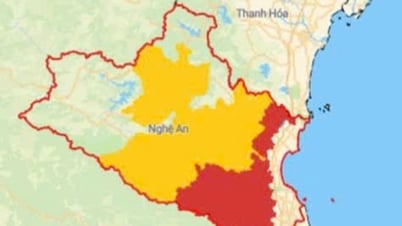

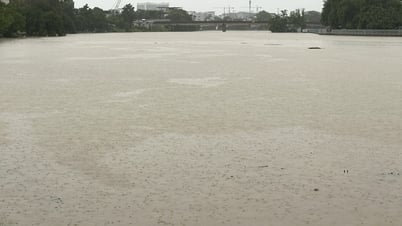


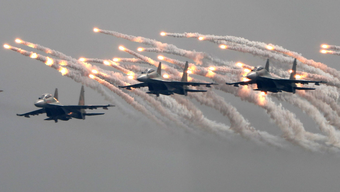
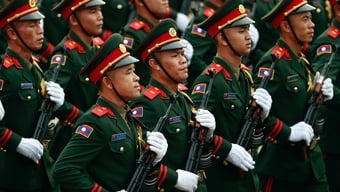

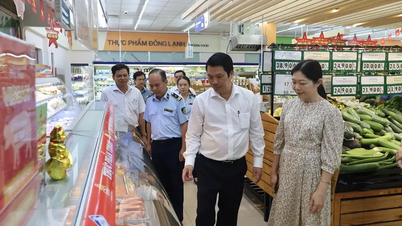
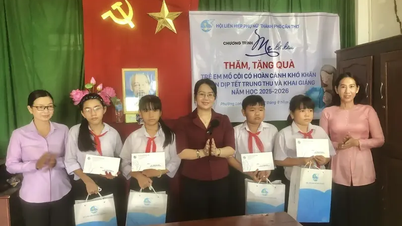

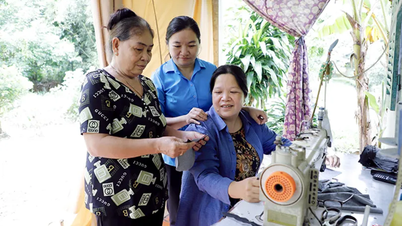
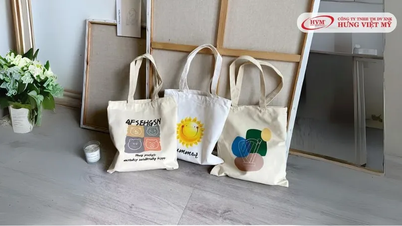
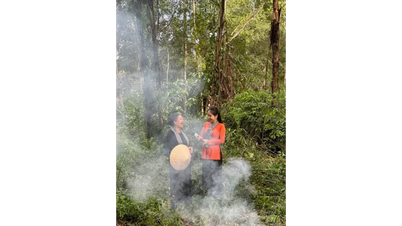
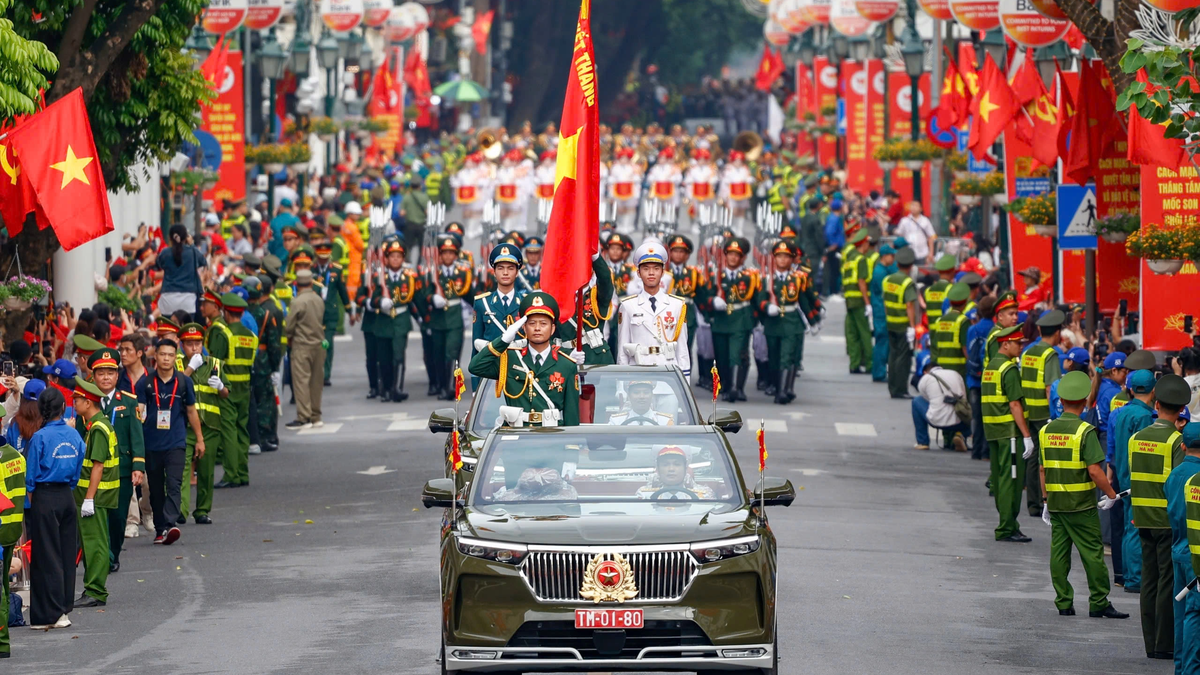


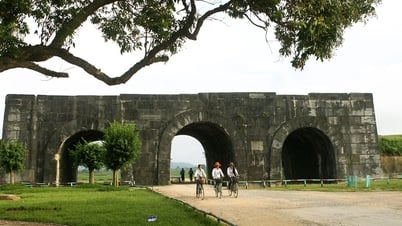

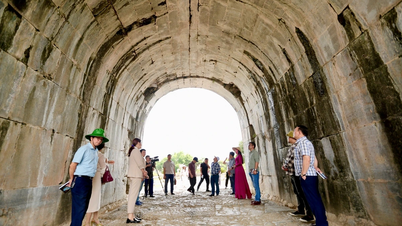

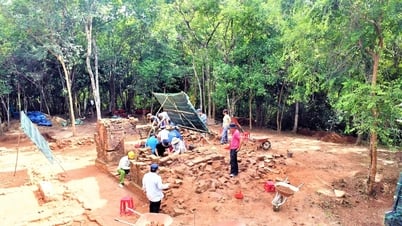



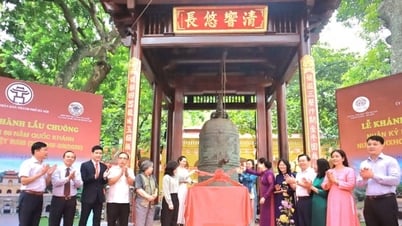





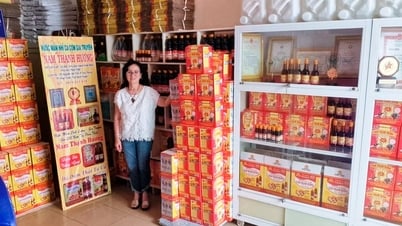
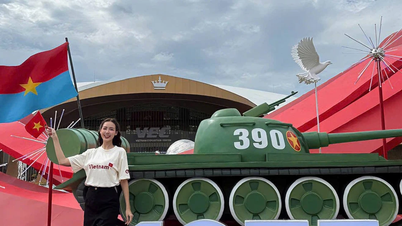
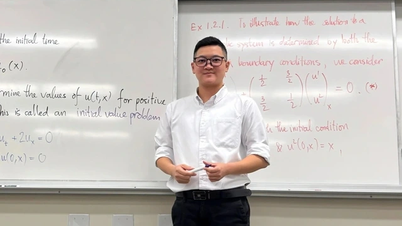


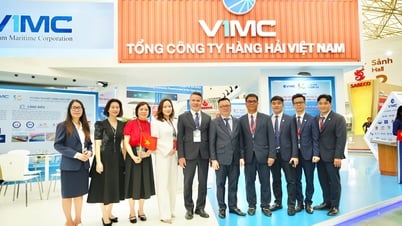

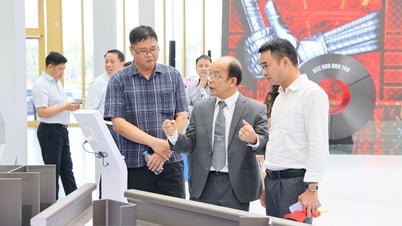

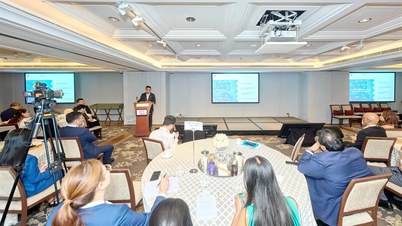
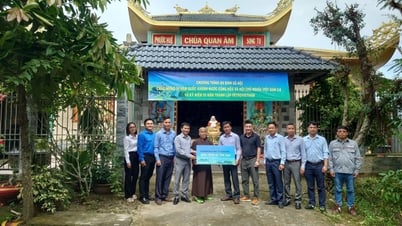
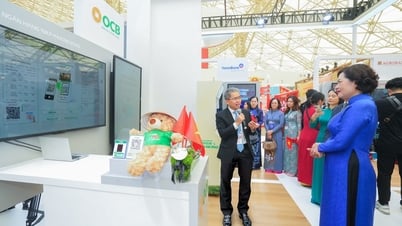




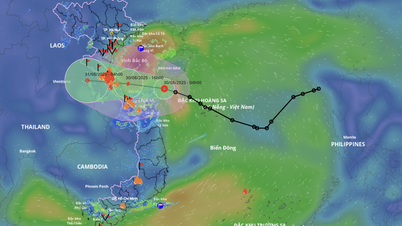











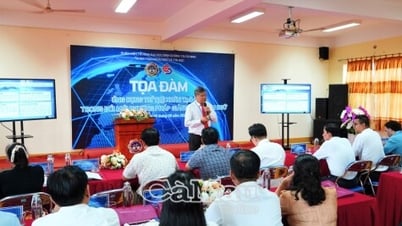
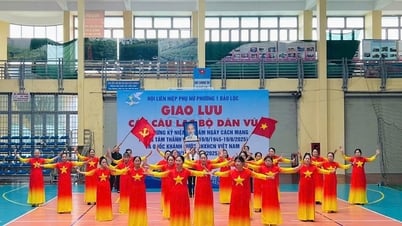
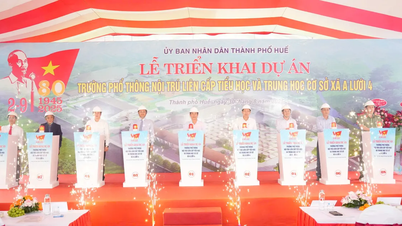

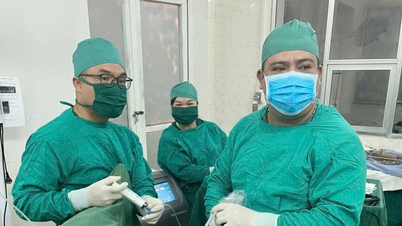

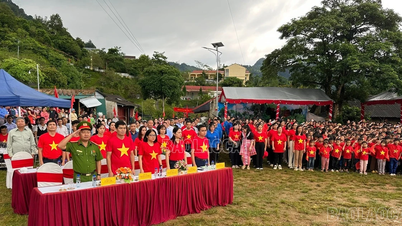
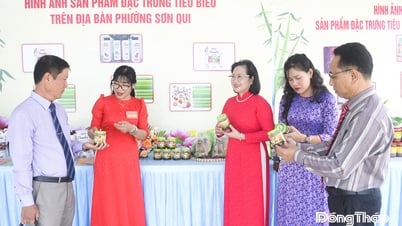









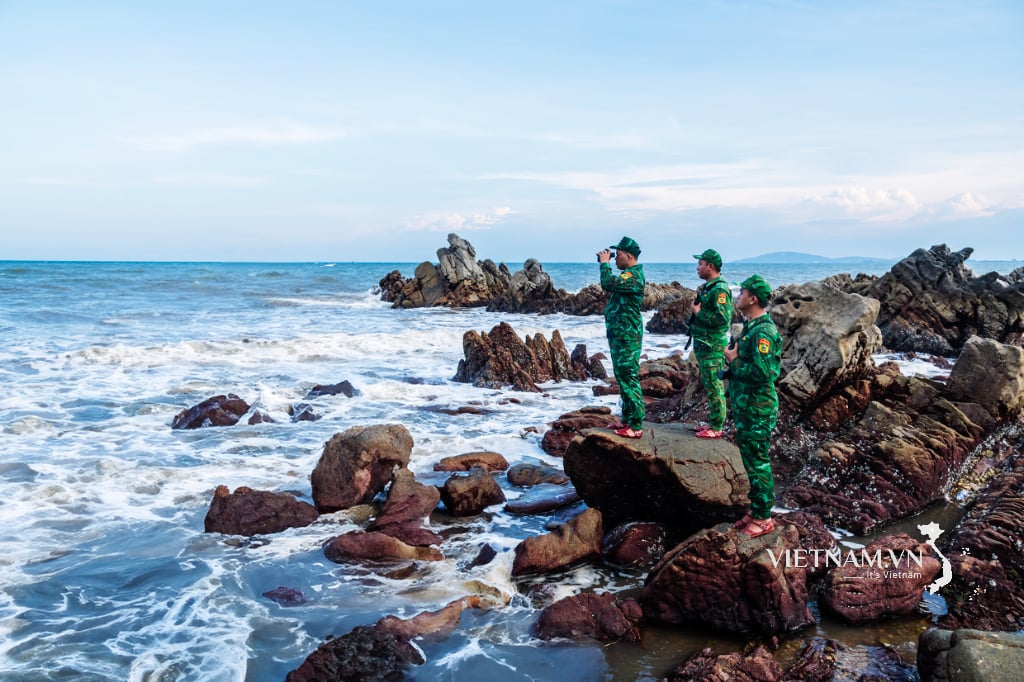
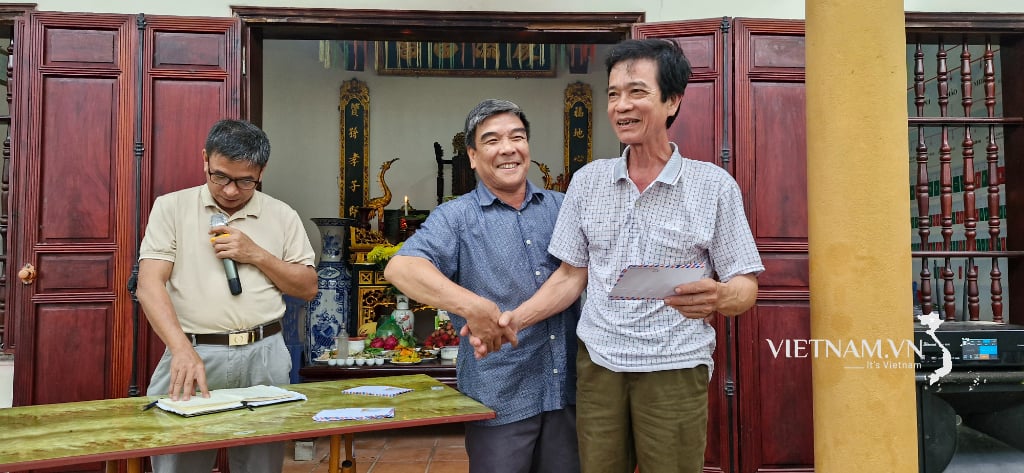

Comment (0)